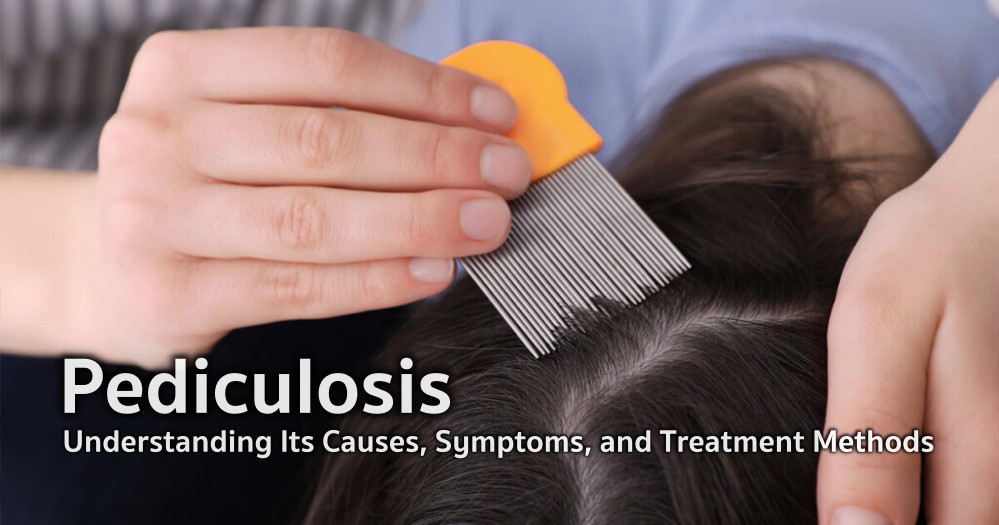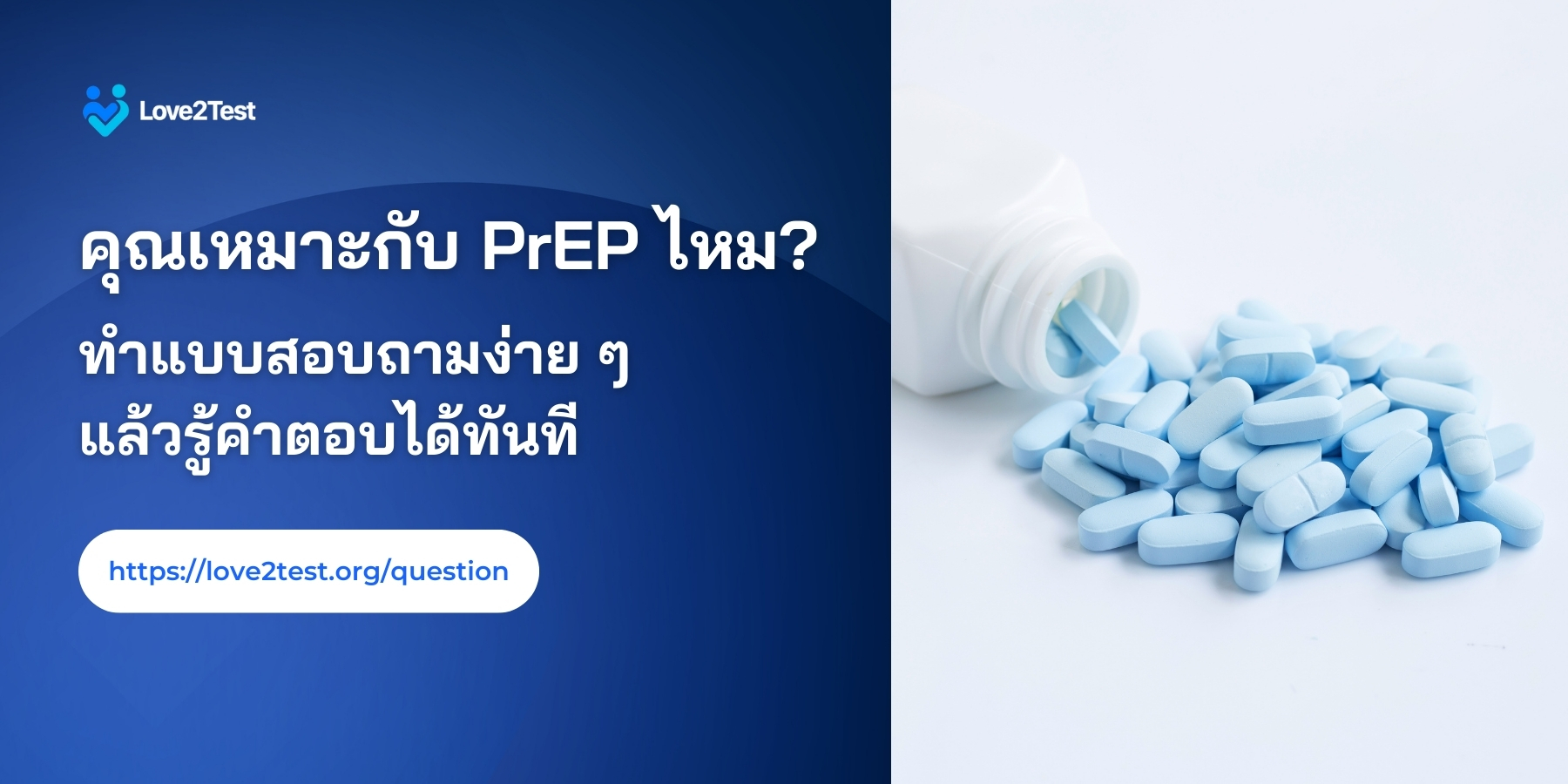Sexually transmitted diseases are a group of diseases that are transmitted from one person to another. Most are transmitted through sexual intercourse. Some diseases may be transmitted through sexual contact or transmitted to a baby while in the womb, such as syphilis, chancre, genital herpes, chlamydia, gonorrhea, chlamydia, genital warts, chickenpox, vaginitis, vaginal yeast infection, and Pediculosis.
What is Pediculosis?
Lice are one of three types of lice that infest humans.
- Head lice Pediculus humanus capitis
- Body lice Pediculus humanus corporis
- Genital lice or pubic lice
Symptoms of Pediculosis disease
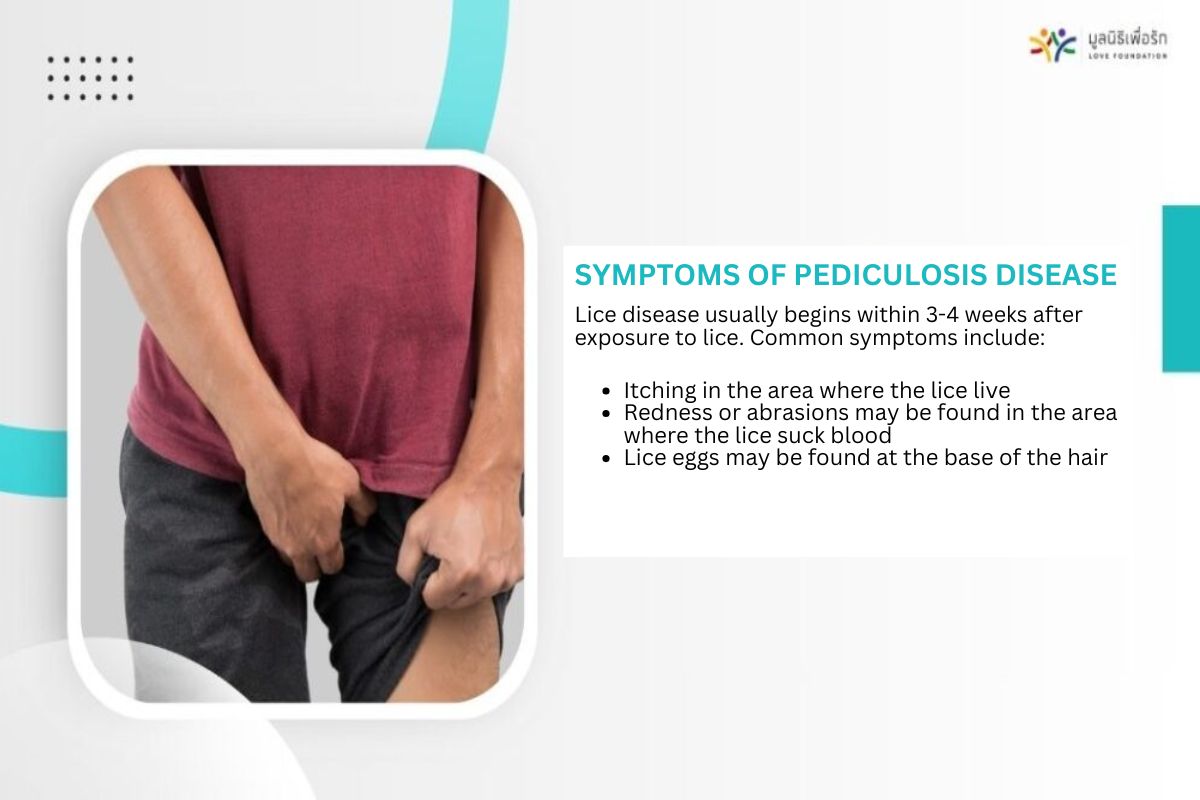
- Low-grade fever
- Irritability
- Lack of energy
- Small bruises from the bite on the skin on the thighs or lower abdomen
- There is black powder stuck to my underwear.
There are 3 stages of lice found in the human body:
- Eggs (Nit) are so small that they are invisible to the naked eye, but can be seen with a magnifying glass. Lone eggs are white or yellow and are usually attached to the hairs. It takes about 6-10 days to hatch before emerging as larvae.
- Nymph After the eggs hatch, the nymph larvae live in the genitals and feed on human blood. The larvae are similar to the adult nymphs, but smaller and take about 2-3 weeks to mature.
- Adult The distinctive features are light brown or light gray in color and six legs, with the two front legs being large and resembling crab claws. Females are larger than males. If the nymph falls from the human body, it will die within 1-2 days.
Incubation period of the disease
After getting infected, it takes about 30 days for symptoms to appear.
Causes of Pediculosis Disease
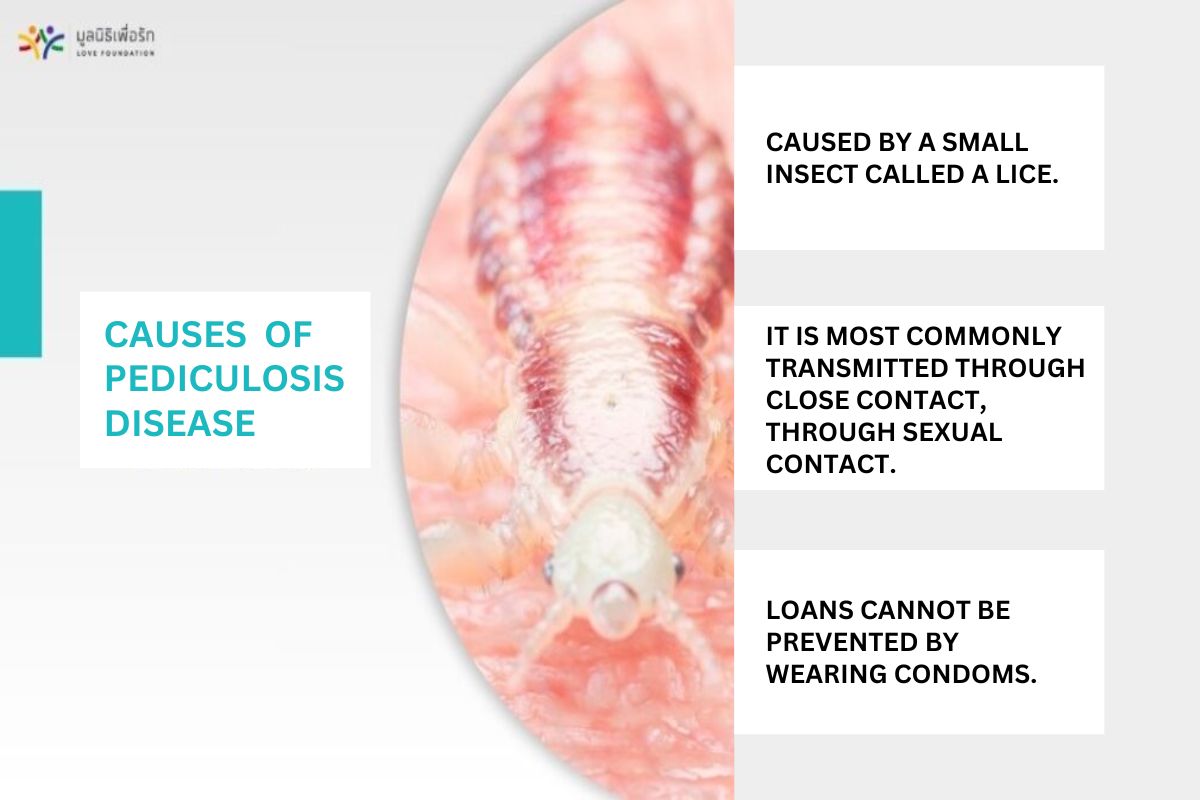
- Through sexual contact. Because pubic lice usually live on the genitals, so when having sex, pubic lice can easily be transmitted to another person.
- Through sharing personal items. If someone in the house has pubic lice and is not careful, and uses towels, wears clothes together, sleeps in the same bed, or even sits on the toilet with pubic lice germs, it can cause pubic lice infection. Because pubic lice can live outside the body for up to 24 hours. Even though pubic lice cannot jump, they will slowly crawl along the hair and surfaces.
Treatment of Pediculosis disease
- Apply the drug to the affected area or areas with a lot of hair, such as the genitals, eyebrows, mustache, and beard. Some drugs may need to be applied all over the body to prevent lice.
- If the drug is applied too close to the eyes and the drug gets into the eyes, wash it off with clean water as soon as possible.
- Some drugs may need to be applied and washed off later. If the time is up, wash it off thoroughly.
Prevention of Pediculosis
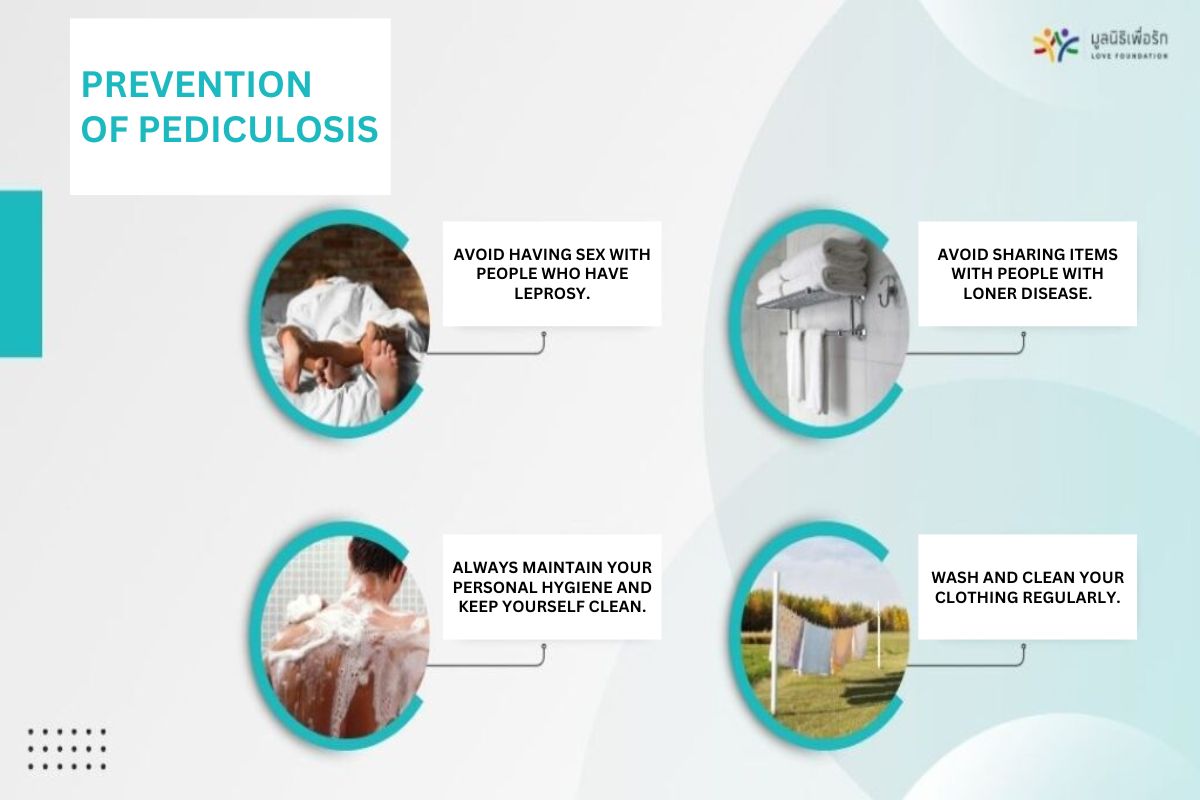
-
Avoid having sex with someone who is infected with lice. Having sex while one of the parties is infected with lice can easily spread it. Therefore, it should be avoided until the lice are fully cured.
-
Avoid sharing clothes, towels, or bedding with someone who is infected with lice. Although there is a low chance of lice being transmitted through clothing, it should be avoided because lice can live in fabrics for a short period of time. If such items are shared, lice can spread to others.
-
Take a shower. You should shower and clean your body regularly to reduce the risk of lice.
-
Avoid trying on clothes in department stores. When buying clothes, it is best to avoid trying on clothes, especially swimsuits. If you have to try them on, wear underwear to prevent lice or other dangerous germs.
-
If you know that the person has lice, do not share a bed or bathroom until you are sure that they have recovered from lice.
-
If you yourself are infected with lice, you should boil clothes, bed sheets, or items that can be boiled in boiling water to kill all lice. If you cannot boil them, put them in a bag, tie it tightly, and leave it for at least a week to let the lice die. Always wear clean clothes.Although lice can be cured, wouldn’t it be better if we prevented it first? By practicing safe sex by using condoms every time, keeping the genital area clean, and avoiding having sex with people who have leprosy, this will keep you away from leprosy.
